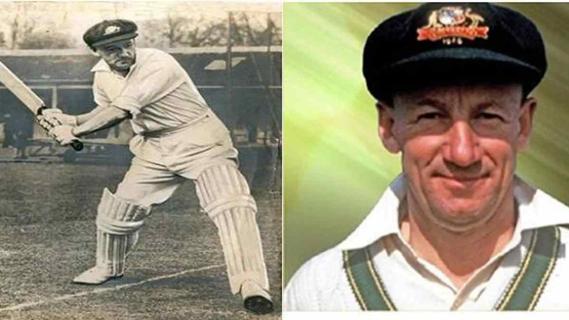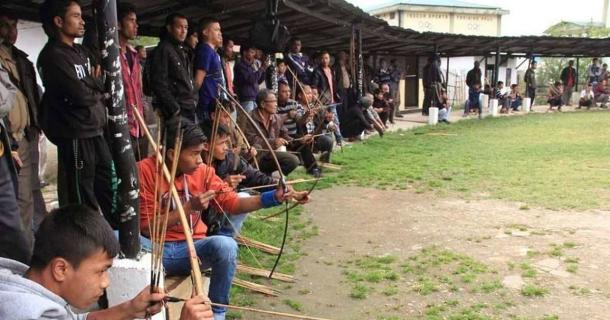Shillong Teer is an intriguing lottery game from Meghalaya, India, blending archery with the art of dream interpretation. Here’s a detailed look into this one-of-a-kind game.
Cultural Roots and Traditions
Shillong Teer has its origins in the Khasi tribe's traditions in Shillong, Meghalaya. This game combines the skill of archery with dream-based predictions. Played every evening except Sundays and holidays, it involves spectators predicting the outcome of archery rounds by betting on numbers they consider lucky.
Popularity and Administration
Managed by the Khasi Hills Archery Sports Association, Shillong Teer features about 12 archery clubs competing at Shillong’s Polo Ground. It’s a favorite pastime among locals who place bets on numbers for a chance to win cash prizes. While only men shoot arrows, women are welcome to watch. The game is conducted safely, with no reported injuries.
Legal and Economic Aspects
Shillong Teer operates under the Meghalaya Amusement and Betting Tax Act of 1982. Beyond entertainment, it provides a significant income source, especially useful during challenging times like the COVID-19 pandemic.
How Shillong Teer Works
Participants can engage in Shillong Teer both offline and online. Archers target specified targets, and players bet on numbers they believe will be fortunate. Targets are placed between 15.21 m and 30.48 m away and vary in height from 61 cm to 102 cm. The number of arrows hitting the target decides the winners.
Game Structure and Results
Shillong Teer consists of two rounds: in the first, 50 archers shoot 30 arrows each, while in the second, 30 archers shoot 20 arrows each. The teer results are announced at 3:45 pm and 4:45 pm IST, based on the count of arrows that hit the targets.
Betting and Prizes
Bets are placed on numbers ranging from 0 to 99. A 1-rupee bet can win Rs. 80 in the first round and Rs. 60 in the second round. Correctly guessing numbers in both rounds can earn a prize of Rs. 4000.
Dream-Based Number Significance
In Shillong Teer, common numbers often relate to dream interpretations. For instance, the number 6 might represent a male, 5 a female, 37 an argument, and 17 a romantic dream. Locals use these dream associations to guide their bets and analyze past results to improve their predictions.











